Charging and discharging are the two main effects of capacitors. In this article, you will learn about charging and discharging a capacitor.
When a voltage is applied on a capacitor it puts a charge in the capacitor. This charge gets accumulated between the metal plates of the capacitor. The accumulation of charge results in a buildup of potential difference across the capacitor plates. So there is a voltage built across the capacitor.
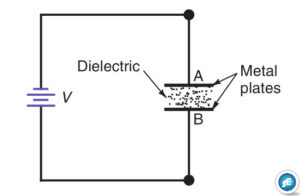
When the capacitor voltage equals the applied voltage, there is no more charging. The charge remains in the capacitor, with or without the applied voltage connected.
The capacitor discharges when a conducting path is provided across the plates, without any applied voltage.
Actually, it is necessary only that the capacitor voltage be more than the applied voltage. Then the capacitor can serve as a voltage source, temporarily, to produce discharge current in the discharge path.
The capacitor discharge continues until the capacitor voltage drops to zero or is equal to the applied voltage.
Applying the Charge
In the figure below, the capacitor is neutral with no charge because it has not been connected to any source of applied voltage and there is no electrostatic field in the dielectric.
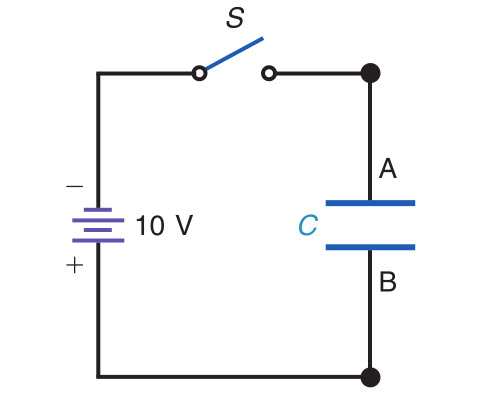
Closing the switch, however, allows the negative battery terminal to repel free electrons in the conductor to plate A.
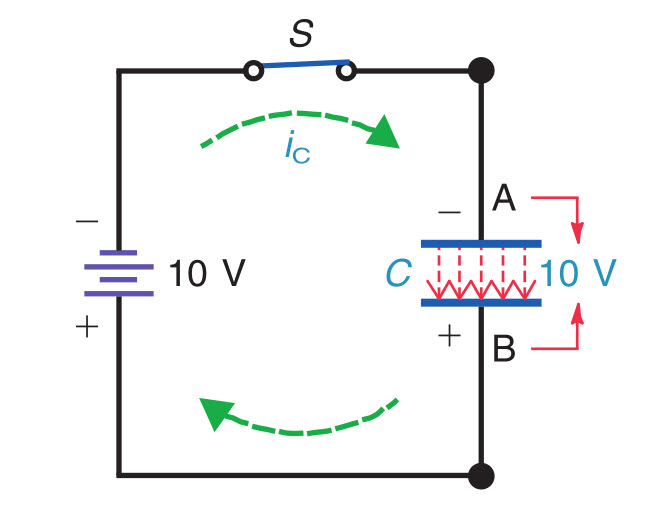
At the same time, the positive terminal attracts free electrons from plate B. The side of the dielectric at plate A accumulates electrons because they cannot flow through the insulator, and plate B has an equal surplus of protons.
Remember that opposite charges have an associated potential difference, which is the voltage across the capacitor. The charging process continues until the capacitor voltage equals the battery voltage, which is 10 V in this example.
Then no further charging is possible because the applied voltage cannot make free electrons flow in the conductors.
Note that the potential difference across the charged capacitor is 10 V between plates A and B. There is no potential difference from each plate to its battery terminal, however, which is why the capacitor stops charging.
Storing the Charge
The negative and positive charges on opposite plates have an associated electric field through the dielectric, as shown by the dotted lines.
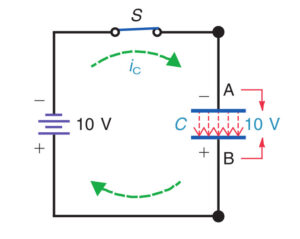
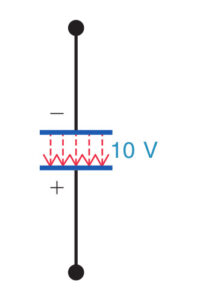
The direction of these electric lines of force shown repelling electrons from plate B, making this side positive. The effect of electric lines of force through the dielectric results in storage of the charge.
The electric field distorts the molecular structure so that the dielectric is no longer neutral. The dielectric is actually stressed by the invisible force of the electric field. As evidence, the dielectric can be ruptured by a very intense field with a high voltage across the capacitor.
The result of the electric field, then, is that the dielectric has charge supplied by the voltage source. Since the dielectric is an insulator that cannot conduct, the charge remains in the capacitor even after the voltage source is removed, as illustrated.
You can now take this charged capacitor by itself out of the circuit, and it still has 10 V across the two terminals.
Read how the charge is stored in a dielectric
Discharging the Capacitor
The action of neutralizing the charge by connecting a conducting path across the dielectric is called discharging the capacitor.
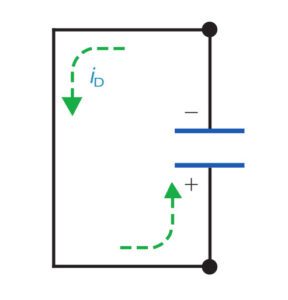
In the figure, the wire between plates A and B is a low-resistance path for discharge current. With the stored charge in the dielectric providing the potential difference, 10 V is available to produce discharge current.
The negative plate repels electrons, which are attracted to the positive plate through the wire until the positive and negative charges are neutralized. Then there is no net charge.
The capacitor is completely discharged, the voltage across it equals zero, and there is no discharge current.
Now the capacitor is in the same uncharged condition.
It can be charged again, however, by a source of the applied voltage.
Nature of the Capacitance
A capacitor can store the amount of charge necessary to provide a potential difference equal to the charging voltage. If 100 V were applied, the capacitor would charge to 100 V.
The capacitor charges to the applied voltage because it takes on more charge when the capacitor voltage is less. As soon as the capacitor voltage equals the applied voltage, no more charging current can flow.
Note that any charge or discharge current flows through the conducting wires to the plates but not through the dielectric.
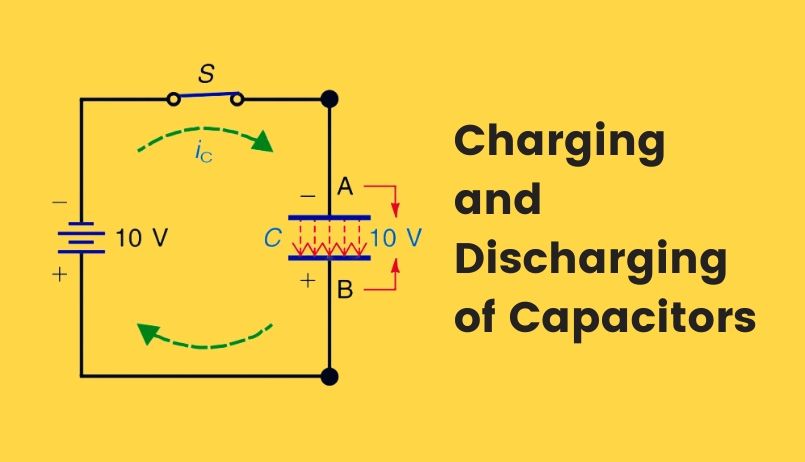
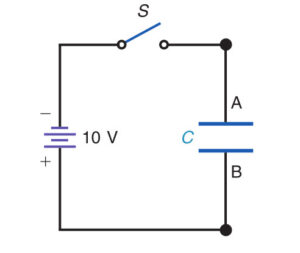
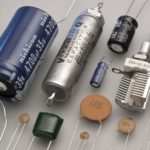
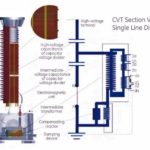
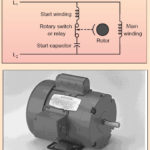
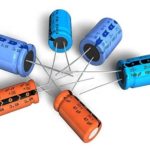
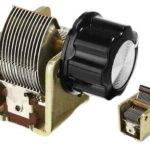
Comments are closed.